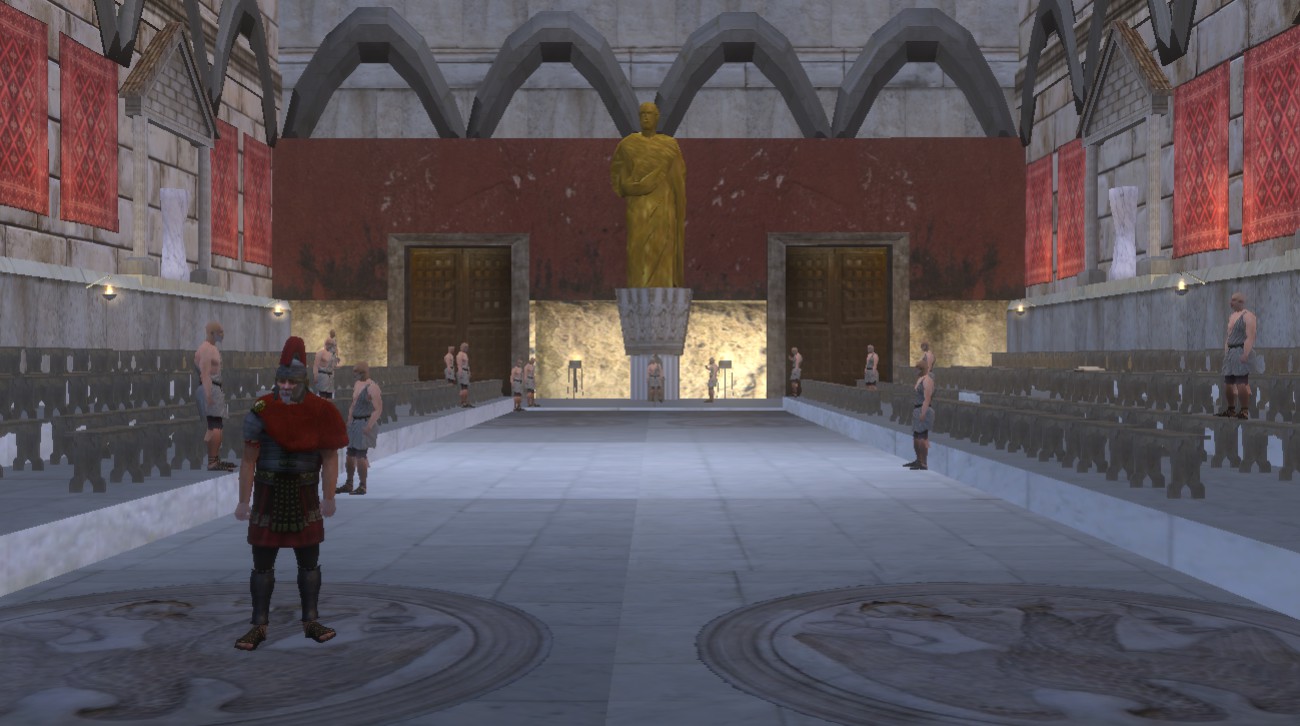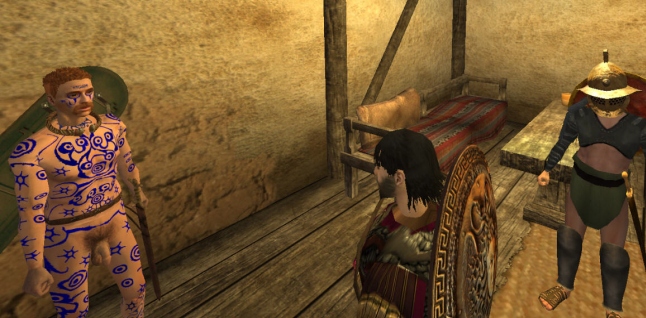

This was reflected in better pay and benefits. Numbers fluctuated according to circumstances and are largely unknown.Īs all-citizen formations, and symbolic protectors of the dominance of the Italian "master-nation", legions enjoyed greater social prestige than the auxilia for much of the Principate. These were led by their own aristocrats and equipped in traditional fashion.

Around AD 80, a minority of auxiliary regiments were doubled in size.Īlongside the regular forces, the army of the Principate employed allied native units (called numeri) from outside the Empire on a mercenary basis. On completion of their minimum term, auxiliaries were awarded Roman citizenship, which carried important legal, fiscal and social advantages. Auxiliaries were required to serve a minimum of 25 years, although many served for longer periods. After that time, the auxilia became largely a volunteer corps, with conscription resorted to only in emergencies.

Until about AD 68, the auxilia were recruited by a mix of conscription and voluntary enlistment. These units were termed cohortes if they consisted of infantry, alae if they consisted of cavalry and cohortes equitatae if they were composed of infantry with a cavalry contingent attached. The auxilia were organised in units about 500 strong.

In addition to large numbers of heavy infantry equipped in a similar manner to legionaries, the auxilia provided virtually all the army's cavalry, light infantry, archers and other specialists. To complement the legions, Augustus established the auxilia, a regular corps of similar numbers to the legions, recruited from the peregrini or non-citizen inhabitants of the empire, who constituted about 90% of the Empire's population in the 1st century. (Conscription was only decreed in emergencies.) In the later 1st century, the size of a legion's First Cohort was doubled, increasing the strength of a legion to about 5,500. Under the founder–emperor Augustus (ruled 30 BC – AD 14 ), the legions, which were formations numbering about 5,000 heavy infantry recruited from Roman citizens only, were transformed from a mixed conscript and volunteer corps serving an average of 10 years, to all-volunteer units of long-term professionals serving a standard 25-year term. The Imperial Roman army is the term commonly used to denote the standing forces deployed by the Roman Empire during the Principate era (30 BC – AD 284). Roman infantry helmet (Imperial Gallic type).


 0 kommentar(er)
0 kommentar(er)
